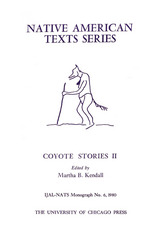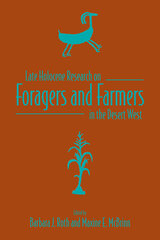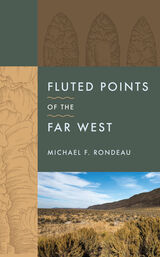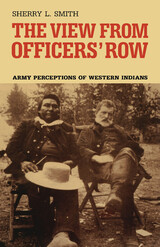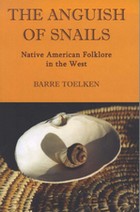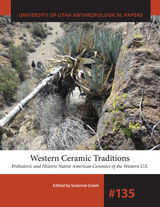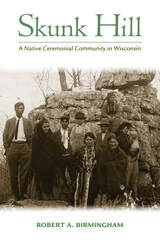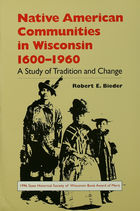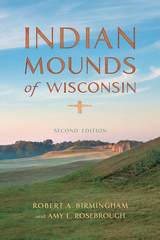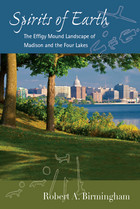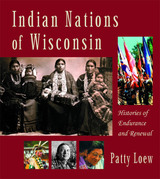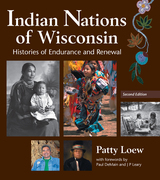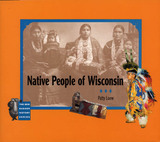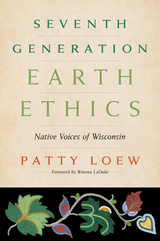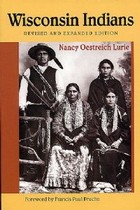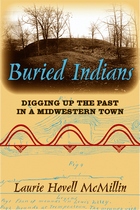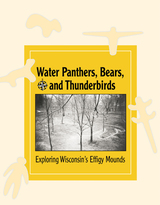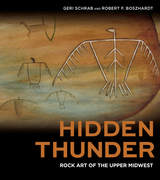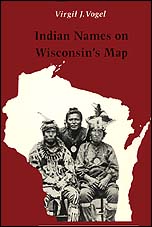Spirits of Earth: The Effigy Mound Landscape of Madison and the Four Lakes
University of Wisconsin Press, 2010
Paper: 978-0-299-23264-1 | eISBN: 978-0-299-23263-4
Library of Congress Classification E78.W8B575 2009
Dewey Decimal Classification 977.583
Paper: 978-0-299-23264-1 | eISBN: 978-0-299-23263-4
Library of Congress Classification E78.W8B575 2009
Dewey Decimal Classification 977.583
ABOUT THIS BOOK | AUTHOR BIOGRAPHY | REVIEWS | TOC | REQUEST ACCESSIBLE FILE
ABOUT THIS BOOK
Between A.D. 700 and 1100 Native Americans built more effigy mounds in Wisconsin than anywhere else in North America, with an estimated 1,300 mounds—including the world’s largest known bird effigy—at the center of effigy-building culture in and around Madison, Wisconsin. These huge earthworks, sculpted in the shape of birds, mammals, and other figures, have aroused curiosity for generations and together comprise a vast effigy mound ceremonial landscape. Farming and industrialization destroyed most of these mounds, leaving the mysteries of who built them and why they were made. The remaining mounds are protected today and many can be visited. explores the cultural, historical, and ceremonial meanings of the mounds in an informative, abundantly illustrated book and guide.
Finalist, Social Science, Midwest Book Awards
See other books on: Birmingham, Robert A. | Earth | Earthworks (Archaeology) | Mounds | Spirits
See other titles from University of Wisconsin Press


